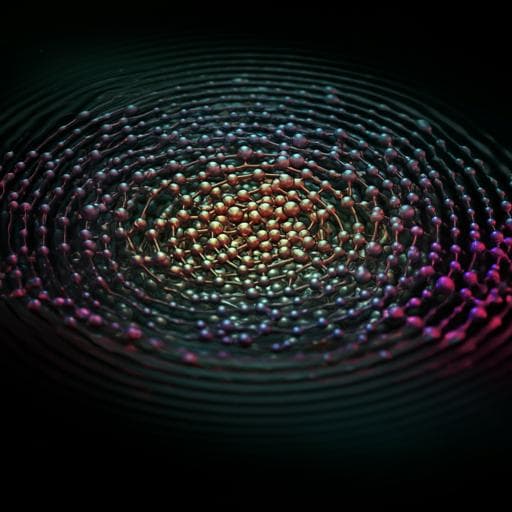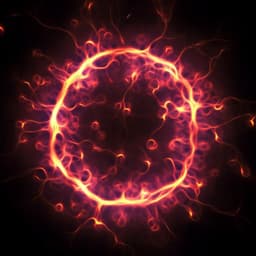
Physics
Observation of anomalous amplitude modes in the kagome metal CsV<sub>3</sub>Sb<sub>5</sub>
G. Liu, X. Ma, et al.
Discover groundbreaking insights into symmetry-breaking states in the kagome lattice with the identification of Raman-active charge-density wave amplitude modes in CsV3Sb5. This pioneering research highlights the unique behavior of these modes, their interplay with super-lattice dynamics, and the overarching role of lattice interactions, conducted by a collaborative team of researchers from Nanjing University and the Weizmann Institute of Science.
~3 min • Beginner • English
Related Publications
Explore these studies to deepen your understanding of the subject.







